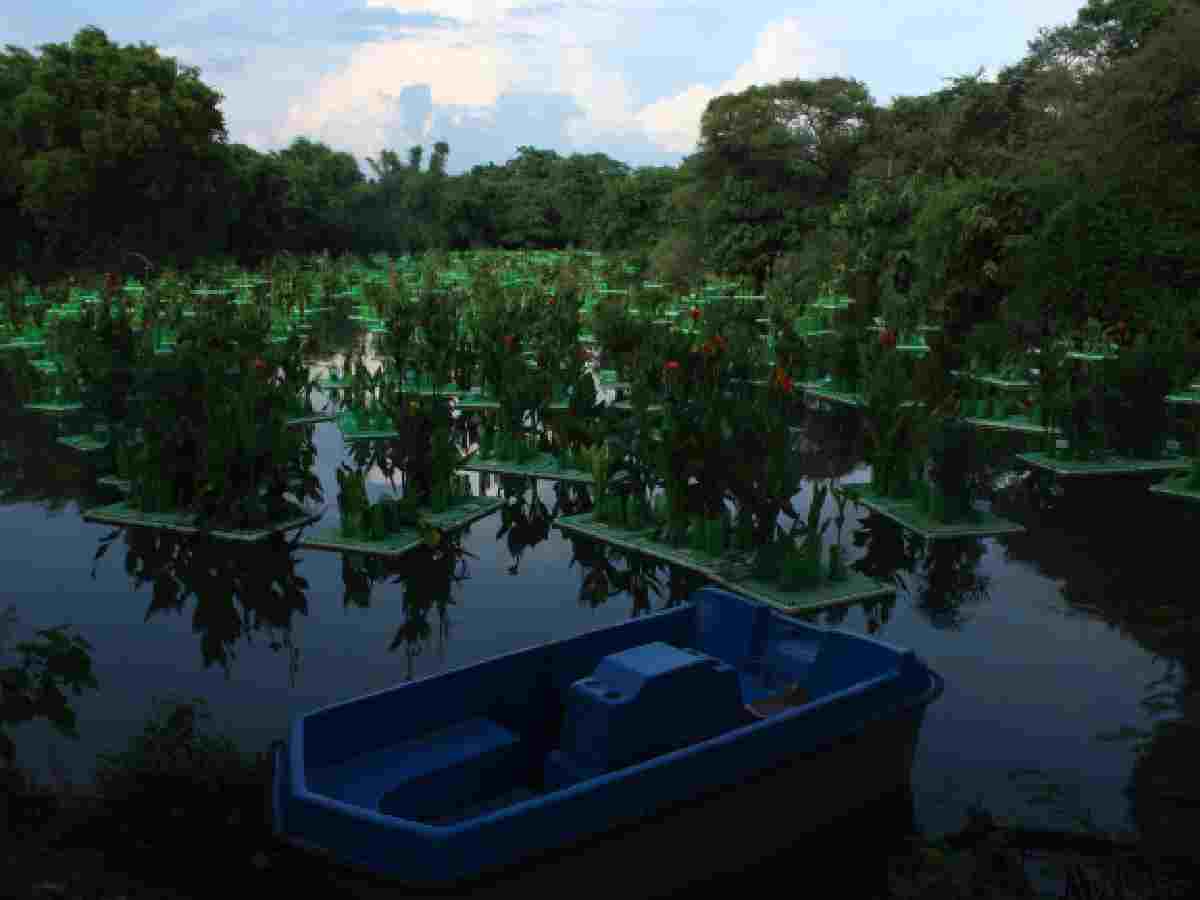
LUNG SPACE: Sanjay Van has been notified as a reserved forest under Section 4 of the Indian Forest Act, 1927 PHOTO: GETTY
The historic monuments at Sanjay Van in Mehrauli are set to undergo conservation soon to retain originality and essence.
Sanjay Van is a part of South-Central Ridge with ruins from 12th century onwards. It has been notified as a reserved forest under Section 4 of the Indian Forest Act, 1927, and lies adjacent to Qutb Minar.
It is a major lung space in Delhi and a paradise for birdwatchers and nature lovers. It has been home to native as well as rare migratory species. The area is dotted with various historic structures that have prime historical value.
According to documents obtained from the Delhi Development Authority (DDA), four structures will undergo restoration in the Capital’s most wooded area.
These include Anang Tal, Lal Kot Baoli, Small Fortification (Historic Structure 2), and Large Fortification (Structure 3), the last two being unnamed structures.
Documents say that the 11th-century Anang Tal lake, located in South Delhi, will also undergo restoration.
DDA has cleared the area after removing encroachments and erecting a boundary wall.
“The grey water discharges from hotels and restaurants in the vicinity have also been prevented. It was informed by the representatives of ASI that clearing and cleaning of existing structures was done by ASI around 2022 on the left flank of the base level, and the same can be taken up by DDA, further extending to the right flank of the base level,” the document reads.
“For the rest of the area in the middle of the tank and the periphery, the expert opinion of Dr BR Mani will be obtained before proceeding any further. It was decided that DDA can take up the clearing of vegetation at the surface level to expose any hidden structures underneath,” it reads.
Lal Kot Baoli, located in close proximity to the Lal Kot wall, has probably been a baoli for local people; only the wall with arched niches is visible on site. The exact extent of Lal Kot Baoli cannot be found with visual inspection, as most of the structures may be hidden underground.
“There will be scientific excavations as per guidance received from experts. It will involve surface cleaning, re-plastering (wherever existing plaster is damaged), flooring, repointing of raked-out joints of random rubble masonry,” the documents read.
It further said, “Stone consolidation, refitting of old stones, plinth area protection, repair of arches, repair of wall as per original shape and material, consolidation of slopes and edges, construction of stairways to the bottom of baoli will be done as per evidences at site.”
While ‘Small Fortification’ (Historic Structure 2) has a small cell at the entrance which is approached by a ramp, it seems like a small gateway of a fortification wall. The structure is built on a rock outcrop and will also undergo multiple restoration work.
“It will see earth work which involves scientific excavation up to 1 metre by manual means including careful handling of relics or antiquities, if found. Surface cleaning will be done which includes cleaning stone surface and removing dirt, dust, bird dropping, grease, oil, etc using liquid Ammonia chemical of 5% solution and other chemical cleaning agent as approved by Archaeological Survey of India,” it stated.
“Stone work like consolidation of loose and damaged stone masonry with hard stone in plinth and superstructure will be carried out,” it added.
‘Large Fortification’ (Historic Structure 3) was probably been built around late 12th century as a tomb. Presently, there are several graves in and around the structure.
“It will see removal of dangerous trees affecting the structure and usage of selected quartzite stones,” documents said.
“It will further see site development involving plinth area protection using lime concrete and stone flooring by vegetation growth and provide water repellent qualities. Antifungal will be applied and non-reactive chemicals to prevent mortar in appropriate mixes. Lime plastering, pointing, grouting and refilling of joints using lime flank of the structure plinth and superstructure will be done,” it reads.
The Sanjay Van, spread over 1550 acres, houses several monuments including Qila Rai Pithora, once the capital of Prithviraj Chauhan of Tomar dynasty.
In April, the Lieutenant Governor of Delhi VK Saxena visited Sanjay Van and other monuments to inspect and review progress of ongoing restoration and beautification works undertaken by the DDA. He directed the officials to carry out restoration work in a time-bound manner.
The decline is primarily due to damage to the "heart-brain link" triggered by chronic kidney…
A French-style open-air café is drawing Delhiites back to a river they long forgot
The handset features a dual rear cameras, 6.72-inch 144Hz display, IP64 water resistance, and up…
Delhi Police raided a late-night illegal bar in Samaypur Badli, detaining 25 people and seizing…
A rear-end crash near Delhi Haat triggered a blaze that gutted both vehicles, though no…
Court grants probe agency more time as NIA pursues wider links in Red Fort blast…